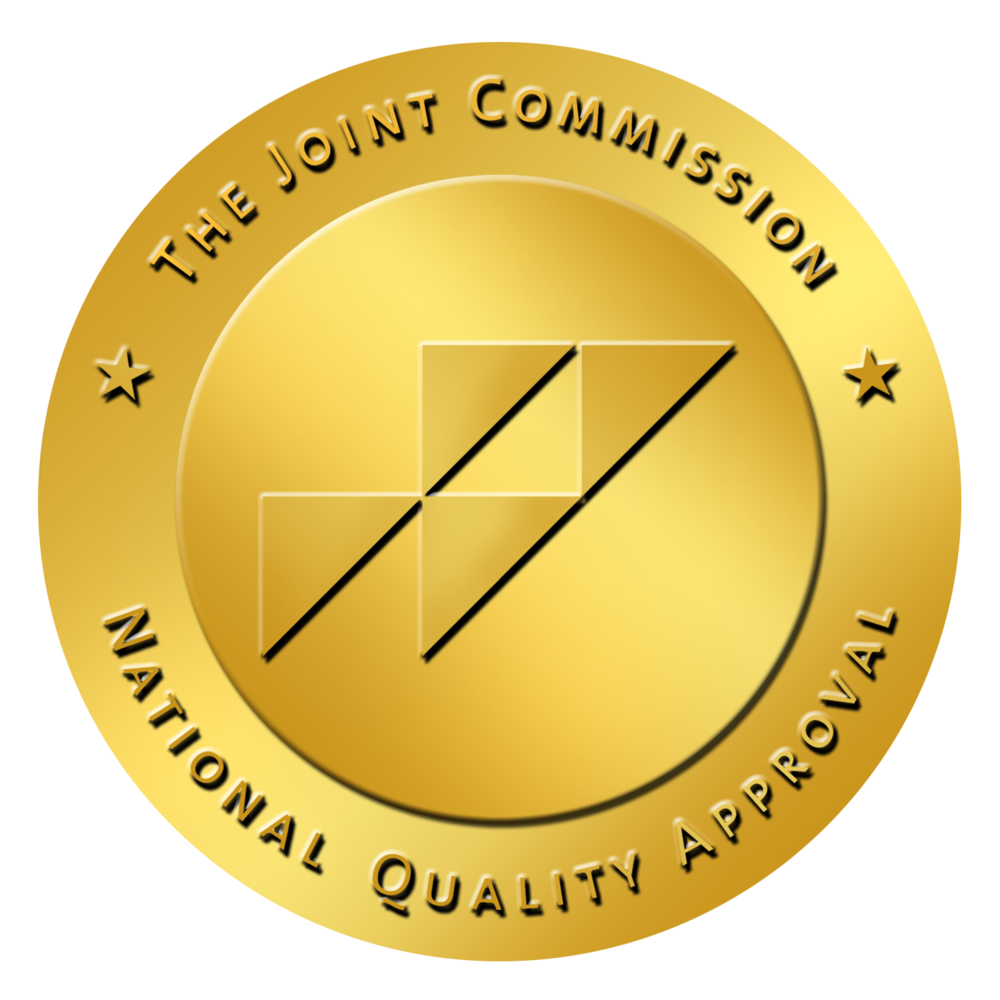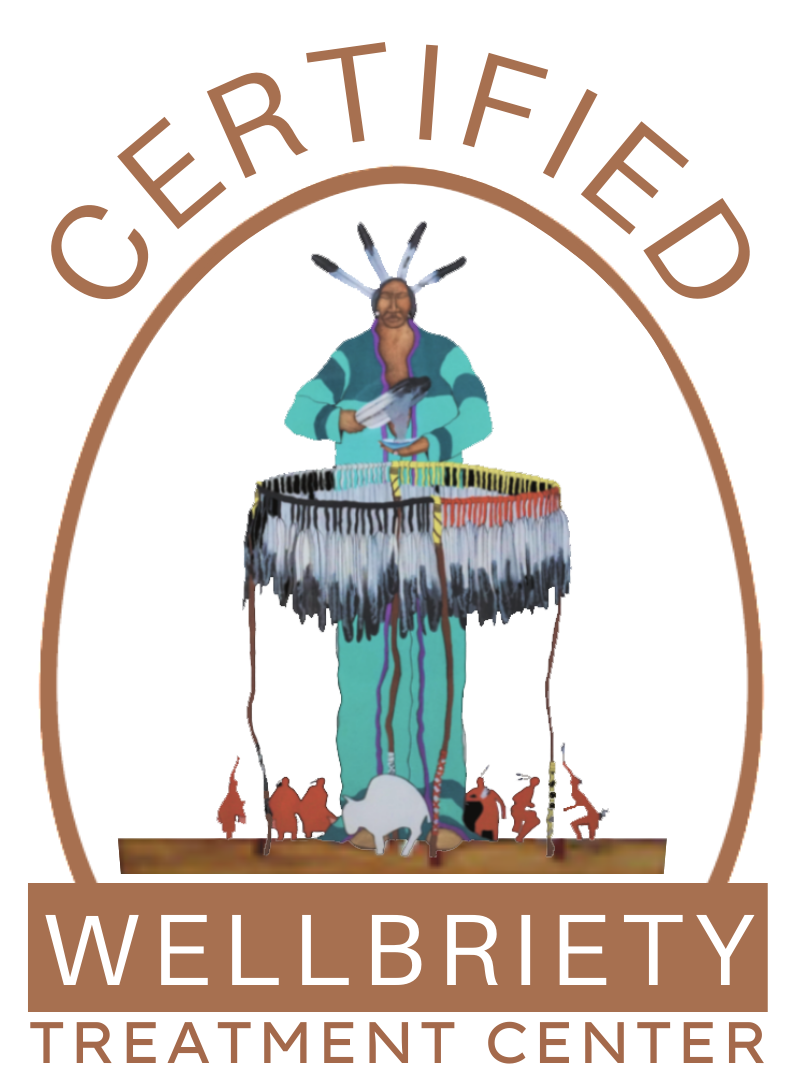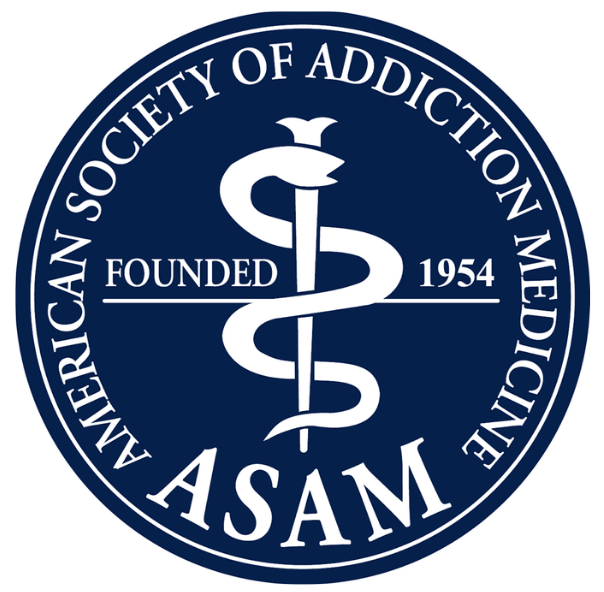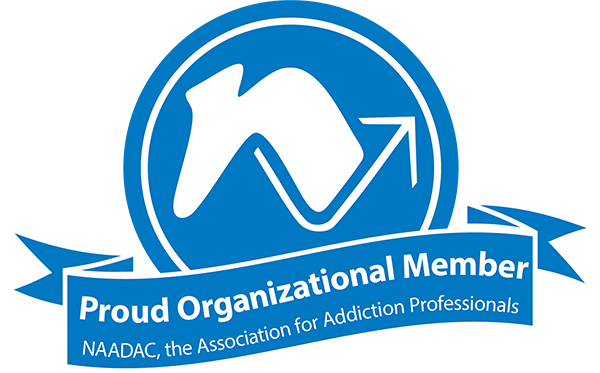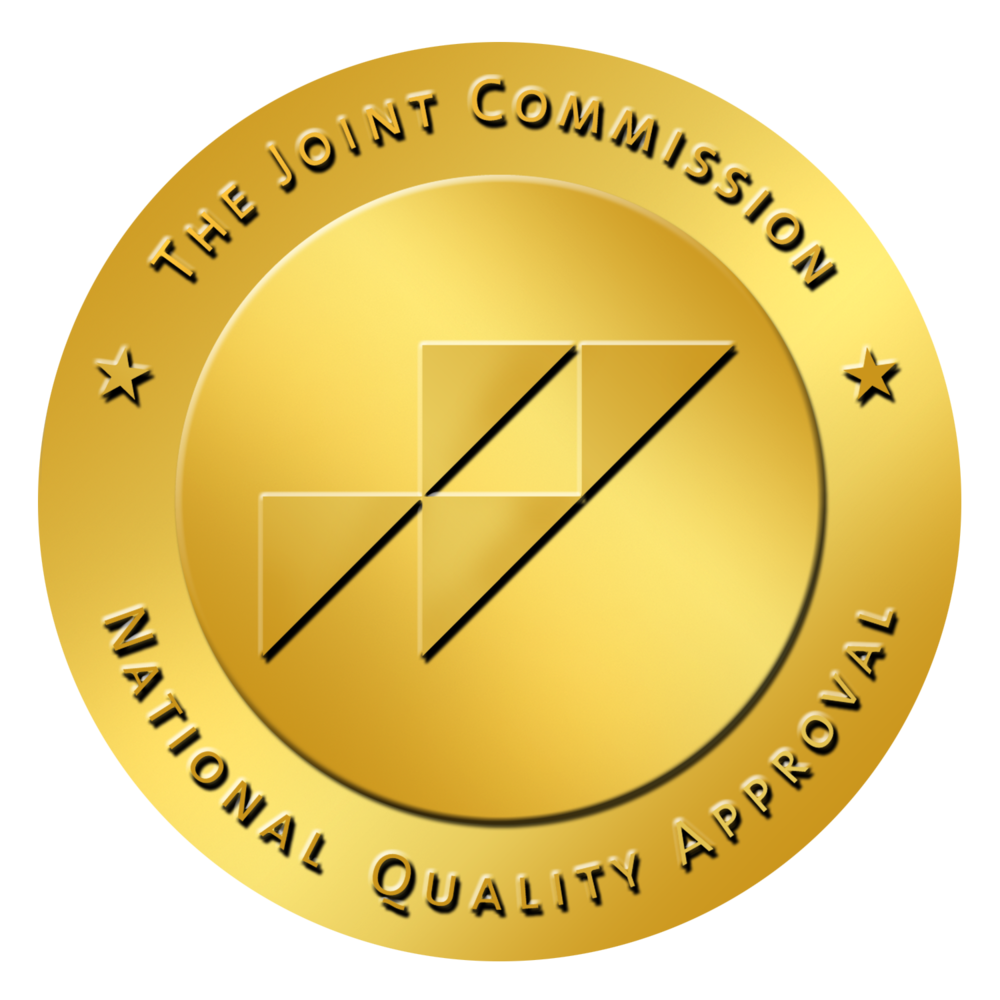Obsessive-compulsive disorder (OCD) is a mental health condition that affects millions of people worldwide. It involves recurring, unwanted thoughts and repetitive behaviors that can interfere with daily life, work, and relationships. While everyone experiences occasional worries or habits, OCD is more persistent and disruptive, often causing significant anxiety. The good news is options are available to effectively treat OCD symptoms.
What Is Obsessive-Compulsive Disorder (OCD)
Obsessive-compulsive disorder (OCD) is a mental health disorder in which a person suffers from repetitive thoughts or behaviors, referred to as “compulsions”. These obsessions often cause significant anxiety or distress, and the compulsions are performed in an attempt to reduce that anxiety or prevent a feared event or situation.
Common examples include excessive cleaning or handwashing, repeatedly checking locks or appliances, hair-pulling, or engaging in mental rituals such as counting or praying. While many people experience unwanted thoughts or habits from time to time, individuals with OCD find that these symptoms interfere with their daily life, relationships, and overall well-being.
OCD affects people of all ages and backgrounds, and symptoms often begin gradually during adolescence or early adulthood. Fortunately, with proper treatment, most individuals with OCD can learn to manage their symptoms and regain control over their lives.
How Does OCD Affect Daily Life?
Obsessive-compulsive disorder can significantly disrupt a person’s daily life. The time and energy spent managing obsessions and compulsions is less time spent on work, school, and personal responsibilities. Many with OCD feel trapped in a cycle of anxiety and temporary relief, performing rituals to quiet intrusive thoughts, only for the anxiety to return again.
This constant mental strain can lead to feelings of isolation, shame, or frustration. Social interactions may be avoided out of fear of judgment, and everyday tasks can take hours to complete. Over time, the distress and exhaustion caused by OCD can also contribute to other mental health issues, such as depression or substance use, as individuals try to cope with overwhelming anxiety.
Diagnostic Criteria
The Diagnostic and Statistical Manual of Mental Disorders, Fifth Edition (DSM-5) outlines specific criteria for diagnosing obsessive-compulsive disorder.
To meet the diagnosis, an individual must experience:
- Obsessions, compulsions, or both that are time-consuming (taking more than one hour per day) or cause significant distress or impairment in functioning.
- Recognition that the obsessions or compulsions are excessive or unreasonable (though this insight may vary).
- Symptoms that are not attributable to the effects of a substance or another medical condition.
- Symptoms that are not better explained by another mental disorder, such as generalized anxiety disorder or body dysmorphic disorder.
A qualified mental health professional can provide a comprehensive evaluation to determine whether these symptoms meet the criteria for OCD.
What Are the Signs and Symptoms of Obsessive-Compulsive Disorder (OCD)
The symptoms of OCD generally fall into two categories—obsessions and compulsions—which can vary widely in type and severity from person to person.
- Common obsessions include:
- Fear of contamination by germs or dirt
- Intrusive thoughts about harm, aggression, or taboo topics
- Need for symmetry, order, or exactness
- Excessive doubt or fear of making mistakes
- Common compulsions include:
- Repeated handwashing, cleaning, or checking behaviors
- Arranging or counting objects in a specific way
- Mentally repeating words, prayers, or phrases
- Seeking reassurance from others
These symptoms can fluctuate in intensity and may worsen during times of stress. Recognizing them early is an important step toward effective treatment and recovery.
Obsessions
Obsessions are unwanted, intrusive thoughts, images, or urges that repeatedly enter a person’s mind. These thoughts often cause intense anxiety or distress, and individuals with OCD typically recognize that their fears are irrational but feel powerless to stop them.
Common examples of obsessions include:
- Fear of contamination by germs, dirt, or illness
- Intrusive thoughts about harming oneself or others
- Disturbing or taboo thoughts involving sex, religion, or morality
- Excessive concerns about order, symmetry, or perfection
- Fear of losing control or making a mistake
Because these obsessions are unwanted, individuals often try to suppress them or neutralize them through repetitive behaviors—known as compulsions.
Compulsions
Compulsions are repetitive actions or mental rituals performed in an attempt to reduce the anxiety caused by obsessions or to prevent something bad from happening. While these behaviors may bring temporary relief, they usually reinforce the OCD cycle, making obsessions stronger over time.
Common compulsions include:
- Excessive cleaning, washing, or disinfecting
- Repeated checking of locks, appliances, or personal items
- Counting, tapping, or arranging objects in a specific way
- Silently repeating words, phrases, or prayers
- Constantly seeking reassurance from others
Over time, compulsions can become time-consuming and interfere with work, relationships, and quality of life.
What Causes OCD?
There is no single cause of obsessive-compulsive disorder. Research suggests that OCD develops from a combination of genetic, environmental, and biological factors that influence how the brain processes fear and anxiety.
Genetic Factors
Studies show a genetic component for OCD. Individuals with a first-degree relative (such as a parent or sibling) who has OCD are at a higher risk of developing the disorder themselves. Researchers have identified several genes that may influence brain circuits involved in anxiety regulation and impulse control. As a meta-review from 2010 concludes, “the data provide convincing evidence for the importance of genetic factors…but these effects are clearly complex and multifactorial.” In other words, genetics alone do not determine who will develop OCD—environmental and biological influences also play important roles.
Environmental Factors
Certain life experiences may trigger or worsen OCD symptoms, especially in people who are already genetically predisposed.
These can include:
- Experiencing trauma, abuse, or chronic stress
- Major life changes, such as starting a new job or relationship
- Illness or infections that may affect brain functioning (in rare cases, such as PANDAS in children)
- Learned behaviors from family or peers who display similar anxiety patterns
Environmental stressors often act as catalysts, bringing underlying vulnerabilities to the surface.
Biological Factors
Brain imaging studies have shown that individuals with OCD often have differences in the structure and functioning of areas such as the orbitofrontal cortex, anterior cingulate cortex, and basal ganglia—regions involved in decision-making and emotional regulation. Imbalances in neurotransmitters, particularly serotonin, also appear to play a role.
These biological irregularities can make it harder for the brain to switch off anxiety signals once a perceived threat has passed, trapping individuals in repetitive cycles of thought and behavior.
How Is Obsessive-Compulsive Disorder (OCD) Treated?
Obsessive-compulsive disorder is a highly treatable condition, though it often requires a combination of therapies tailored to each individual’s needs. The most effective treatment plans typically include psychotherapy, medication, and supportive self-help strategies designed to reduce anxiety and improve daily functioning.
Psychotherapy
Psychotherapy, also known as talk therapy, is considered a major component of any OCD treatment program. The best therapy approaches for OCD include
Cognitive-behavioral therapy (CBT).
CBT works by helping individuals acknowledge and address unhelpful thoughts and behaviors. Over time, this process retrains the brain’s response to anxiety and helps break the cycle of obsessive thoughts and compulsive behaviors. Therapists may also use additional techniques, such as mindfulness or acceptance-based strategies, to help patients tolerate discomfort and regain a sense of control over their thoughts.
Medication
Medication can be a valuable part of OCD treatment, especially when symptoms are severe or interfere with daily functioning. Medications are most effective when combined with therapy and ongoing clinical support.
SSRIs
Selective serotonin reuptake inhibitors (SSRIs) are the most commonly prescribed medications for OCD. These antidepressants help regulate serotonin levels in the brain, a neurotransmitter thought to influence mood, anxiety, and impulse control.
Common SSRIs used for OCD include:
- Fluoxetine (Prozac)
- Sertraline (Zoloft)
- Fluvoxamine (Luvox)
- Paroxetine (Paxil)
- Citalopram (Celexa) or Escitalopram (Lexapro)
In some cases, higher doses or longer treatment durations may be needed compared to those used for depression. If SSRIs are not effective, other medications—such as clomipramine (a tricyclic antidepressant)—may be considered under a doctor’s supervision.
Strategies for Self-Help
While professional treatment is essential, self-help strategies can reinforce recovery and help individuals manage day-to-day symptoms.
These strategies may include:
- Practicing mindfulness and relaxation techniques to reduce anxiety and ground oneself in the present moment.
- Keeping a structured routine to limit opportunities for compulsive behavior.
- Limiting reassurance-seeking and resisting the urge to perform rituals when anxiety strikes.
- Connecting with support groups or others who understand the challenges of OCD.
- Maintaining healthy lifestyle habits—including adequate sleep, exercise, and nutrition—to support emotional balance.
These steps cannot replace professional care but can make treatment more effective and sustainable.
How Is Borderline Personality Disorder (BPD) Treated?
While Borderline Personality Disorder (BPD) can be challenging to live with, it is highly treatable with the right combination of therapy, medication, and self-help strategies. Treatment focuses on helping individuals regulate emotions, reduce impulsive behaviors, and build healthier relationships. With ongoing care, many people with BPD experience significant improvement in their symptoms and quality of life.
Psychotherapy
Psychotherapy—also known as “talk therapy”—is the first-line treatment for Borderline Personality Disorder. It helps individuals better understand their emotions, behaviors, and relationships while learning skills to manage stress and improve communication.
Common therapies for BPD include:
- Dialectical Behavior Therapy (DBT): Specifically designed for BPD, DBT teaches mindfulness, emotional regulation, distress tolerance, and interpersonal effectiveness.
- Cognitive Behavioral Therapy (CBT): Helps identify and change distorted thinking patterns that contribute to negative emotions and impulsive behavior.
- Schema-Focused Therapy: Combines cognitive and psychodynamic techniques to help individuals recognize and change deep-seated patterns that developed during childhood.
- Mentalization-Based Therapy (MBT): Improves the ability to understand one’s own and others’ mental states, leading to healthier emotional responses.
Psychotherapy is often long-term, but it can lead to lasting emotional stability and stronger relationships.
Medication
While no medication specifically treats Borderline Personality Disorder, certain prescriptions can help manage co-occurring symptoms such as depression, anxiety, or mood swings. Medication is usually used alongside therapy rather than as a standalone treatment.
Antidepressants
Antidepressants—such as SSRIs (selective serotonin reuptake inhibitors)—may help reduce symptoms like sadness, irritability, or anxiety that often occur with BPD. These medications can stabilize mood and improve overall emotional well-being, especially when combined with therapy.
Mood Stabilizers
Mood stabilizers, such as lamotrigine or valproate, may be prescribed to help manage intense mood swings and impulsivity. These medications can reduce the frequency and severity of emotional outbursts, helping individuals feel more balanced and in control.
Strategies for Self-Help
In addition to professional treatment, many people with BPD benefit from developing personal coping strategies to manage symptoms between therapy sessions. Helpful self-help practices include:
- Mindfulness exercises, such as deep breathing or meditation, to stay grounded in the present moment.
- Regular physical activity to reduce stress and boost mood.
- Maintaining healthy routines, including consistent sleep, nutrition, and self-care habits.
- Tracking emotions and triggers to better understand what situations cause distress.
- Building a strong support system of friends, family, or support groups who understand BPD.
These strategies empower individuals to take an active role in their recovery and maintain emotional stability over time.
Professional Help for Obsessive-Compulsive Disorder
Treatment for OCD works best when guided by licensed mental health professionals who specialize in anxiety and obsessive-compulsive disorders. Therapists and psychiatrists can tailor treatment plans to address both the emotional and biological aspects of OCD, helping individuals build lasting coping skills and restore quality of life.
When Should You Get Help for OCD?
You should consider seeking professional help if:
- Obsessions or compulsions consume more than one hour per day.
- The symptoms cause significant distress, anxiety, or depression.
- OCD begins interfering with work, school, or relationships.
- Attempts to manage symptoms alone have been unsuccessful.
Early intervention can prevent symptoms from becoming more entrenched and improve long-term outcomes. If you or someone you love is struggling with obsessive thoughts or compulsive behaviors, reach out to Aliya Health Group to get help today.
